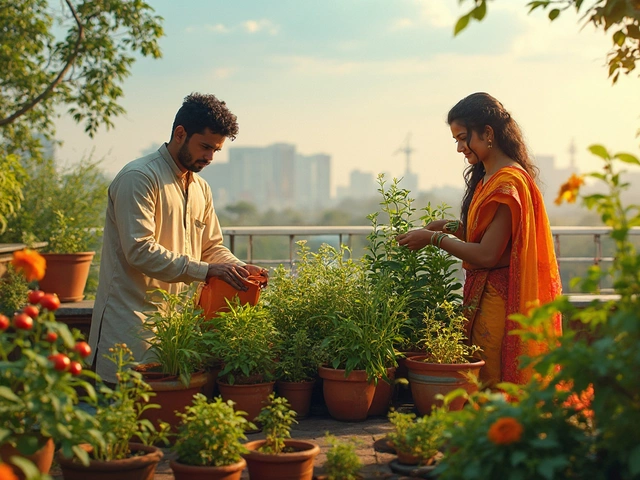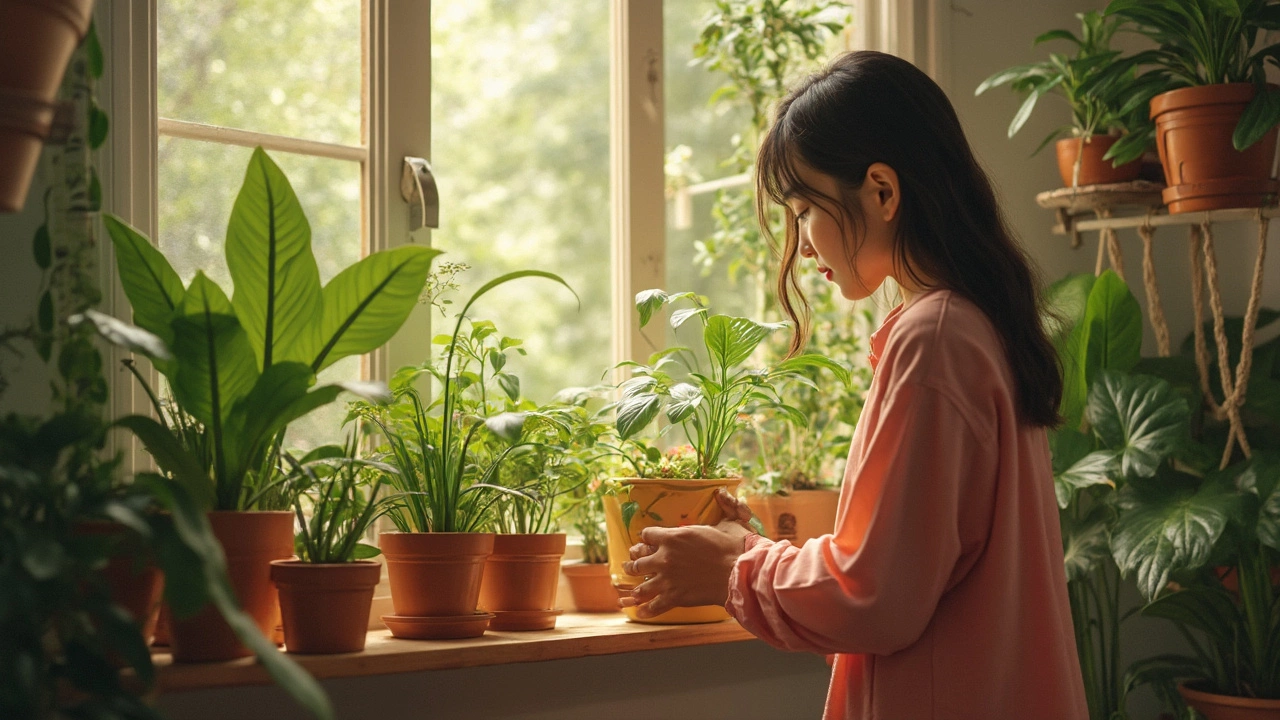Houseplant Health Made Simple: Essential Tips for Vibrant Indoor Greens
Got a few leafy friends on your windowsill and wonder why some look droopy while others bloom like pros? The good news is you don’t need a gardening degree to keep them healthy. Below are the everyday actions that make a real difference, backed by the latest advice from our experts.
Watering and Moisture Management
Water is the biggest factor in houseplant health, but it’s also the easiest to get wrong. The first rule is to check the soil, not the calendar. Stick a finger about an inch deep; if it feels dry, it’s time to water. If it’s still damp, wait another day. This simple test works for most popular indoor plants, from pothos to snake plants.
When you water, give the pot a good soak until water runs out of the drainage holes. Empty the saucer after a few minutes – standing water can rot roots and invite fungus. If you’re unsure about the right amount, use a small watering can with a narrow spout to control flow.
Many gardeners ask, “Do I need to mist my houseplants?” The short answer: most indoor plants don’t need daily misting. They prefer consistent soil moisture over leaf humidity. However, tropical species like ferns and calatheas enjoy a light mist a couple of times a week, especially in dry homes. Use room‑temperature water and avoid over‑misting; soggy leaves become breeding grounds for disease.
Tap water can contain chlorine that harms delicate roots. Letting water sit for 24 hours lets chlorine evaporate. If you have hard water, collect rainwater or use filtered water for the most sensitive plants.
Light, Soil, and Pest Control
Light is the second pillar of plant health. Most houseplants thrive in bright, indirect light. A south‑facing window is ideal, but a few feet away from the glass works too. If leaves turn yellow or stretch toward the light (a condition called “etiolation”), move the plant closer or add a grow light.
The right soil mix is crucial. Regular garden soil is too heavy and can hold too much moisture. Use a well‑draining indoor potting mix, or make your own by mixing two parts peat or coco peat, one part perlite, and one part coarse sand. This blend lets excess water escape while keeping enough moisture for roots.
Pests show up when plants are stressed. Common culprits are spider mites, mealybugs, and fungus gnats. A quick visual check every week helps you catch an infestation early. For spider mites, spray the leaves with a strong stream of water or wipe them with a damp cloth. Mealybugs can be removed with a cotton swab dipped in rubbing alcohol. If you spot fungus gnats, let the soil dry between waterings and consider a layer of sand on top of the soil.
Finally, give your plants a mini‑check‑up each month: look at leaf color, inspect the soil surface, and feel the pot weight. Light adjustments, watering tweaks, or a simple repot can keep a houseplant thriving for years.
Putting these tips into practice will turn your indoor jungle from a collection of struggling stems into a vibrant, low‑maintenance showcase. Need more detailed guides? Check out our articles on indoor plant watering, misting myths, and how to tell if a houseplant needs water for deeper insights.
How Often Should I Water Houseplants? Practical Indoor Plant Care Tips
Struggling to figure out how often your houseplants need water? Here's a guide that cuts through confusing advice and focuses on what actually matters for healthy indoor plants. Get practical tips, learn what signals to watch for, and find out why one schedule doesn’t fit all. You'll also see some common mistakes, plus surprising facts that seasoned plant lovers swear by. Whether you’re a plant newbie or have a full-blown indoor jungle, this is for you.
About
Indoor Plant Care
Latest Posts


Can You Grow Rice from Store-Bought Rice? Exploring the Possibilities
By Alden Thorne Feb 8, 2025

What Not to Do with Bonsai: Care Tips to Avoid Pitfalls
By Alden Thorne Apr 10, 2025

Best Plants for Rooftop Gardens: Make the Most of Your Terrace Space
By Alden Thorne Jun 8, 2025

